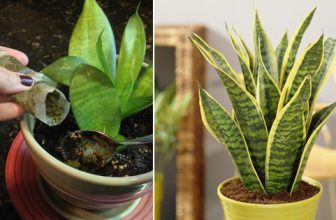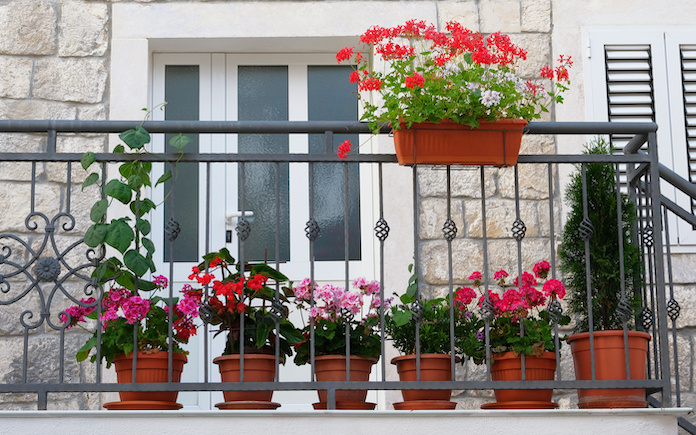
How To Increase Flowering In Plants: If you have your own garden, a flowering plant or one with healthy fruits will make you happy. Imagine that you’ve been taking care of your plants for a long time, but they still don’t flower or stay healthy, even though you’re doing everything you can. Also, it’s always sad when a treasured specimen suddenly looks sick. You can’t really enjoy flowers until you know how to care for them. So what prevents your plant from flowering or keeps it unhealthy? Insects and other pests are not always to blame.
How To Increase Flowering In Plants
Here are some common reasons why a plant might not be healthy or bloom.
1. Choose the right plant-

Selecting a plant that will thrive in the conditions you can offer is a crucial undertaking. Always purchase healthy specimens, and take care of them on your journey home.
Even problems with the leaves, stems, or flowers can arise, therefore you should learn to identify their root causes so you can act right away.
2. Soil Quality-
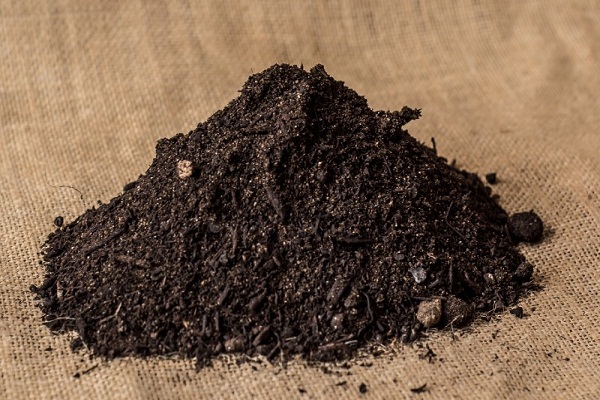
The key component affecting the general health of the plants is the kind and quality of the soil. Generally speaking, most plants prefer loamy, well-drained soil that can give the roots sufficient aeration. The ideal soil for your plants is Nurserylive’s nutrient-rich ready-to-use soil.
Choose a well-amended, high-quality soil that is suitable for your plant as a result of general health. For plants to thrive, garden soil alone is insufficient; it must be adequately modified with various additives, such as perlite, dried sphagnum moss, coco peat, vermicompost, etc.
To improve soil quality and flowering, try our top-rated soil and fertilizer products.
3. Plant food / Fertilizer
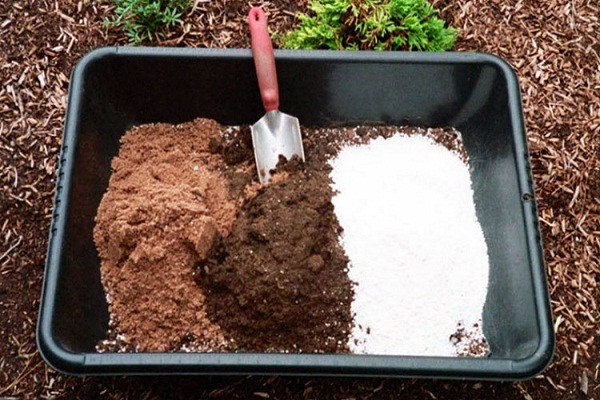
Although it is generally the best choice to keep plants healthy, a well-drained garden mix soil is not everything that plants need. Like us, plants need nourishment to survive. This food is present in the soil as nutrients.
If the plants are in pots, all the nutrients will eventually wash away, forcing your plants to work harder. Keep in mind that a malnourished plant is more likely to become ill and, therefore, won’t produce blossoms. So don’t let them go hungry. Use quick or slow-release fertilizers and manures, either specialized for plants or general use.
Try out G5 (Patented Bio-Organic Granules, 500 g) for general plant growth and Jeevamrut (Plant Growth Tonic) – 500 ml for improved flowering
4. Over Watering
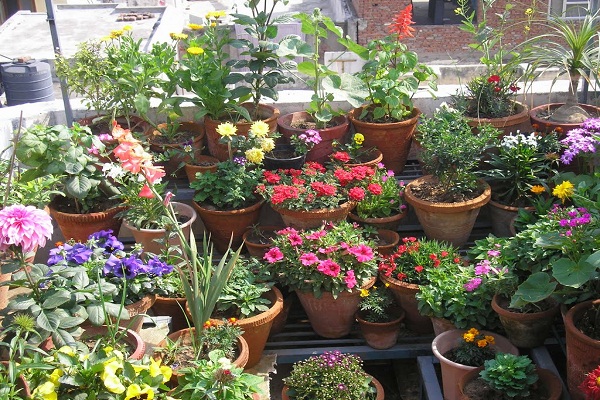
Keep in mind that no life can exist without water. While many plants may survive with sporadic watering in the winter, inadequate watering during the growing season will eventually cause wilting of the leaves or non-flowering.
However, the most frequent reason for your indoor plant to die or become ill is overwatering. Therefore, water should only be applied in the proper amount, neither less nor more.
5. Light
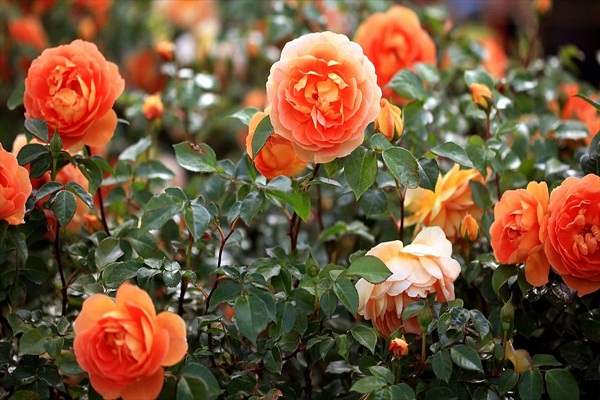
For healthy blossoming, many flowering plants need at least 4-6 hours of sunlight daily. To prepare their food through the process of photosynthesis, plants require light. Plants will grow stressed and unwell when there is less light, which will reduce their ability to produce blossoms.
6. Temperature
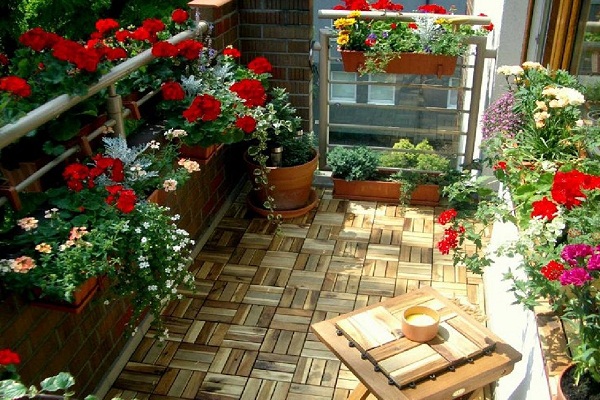
Blooming is affected by temperature. The blooming cycle might be damaged by high temperatures. Low temperatures may harm buds, which would prevent blossoming. But it all depends on the plant and how it blooms. Some things need it cool, while others need it warm or hot.
7. Inspect for bugs
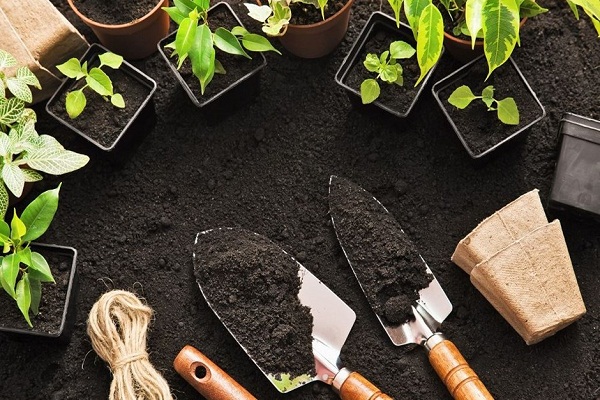
A plant may be sick or under pest attack if all the parameters necessary for its growth are met yet it is nonetheless unhealthy and not blossoming.
Apply high-quality organic fertilizer and remove unhealthy and diseased areas to strengthen the plant’s defenses. Neem Cake can be used to combat insects and bugs in your soil.
Enhancing the plant’s inherent capacity to fend against threats is always encouraged and recommended, regardless of the cause of your plant’s illness.
Utilizing organic plant fertilizers, premium soil blends, and additives like Bio grow will unquestionably result in a blossoming and healthy plant.






